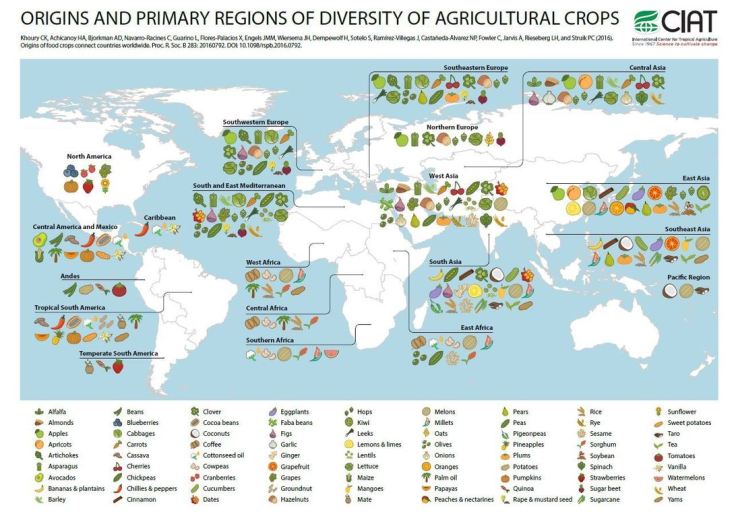New maps use math to define the amorphous term.
Source: www.citylab.com
By now I’m sure many of you have seen some iteration of this research and data visualization circulating through social media outlets (you can see the article from City Lab, Atlas Obscura or an urban planning program). We use terms like the greater metropolitan area to express the idea that areas beyond the city boundaries and even beyond the metropolitan statistical areas are linked with cities. These ‘mega-regions’ are in part the hinterlands of a city, a functional region where the cities act as hubs of economic regions.
Tags: regions, urban, transportation, economic, visualization, mapping, USA, planning.







